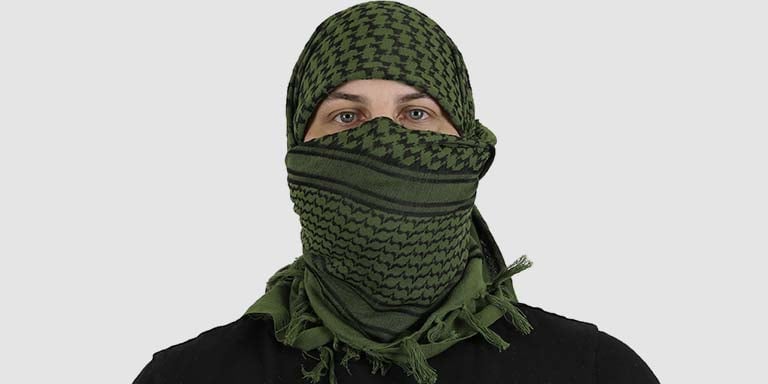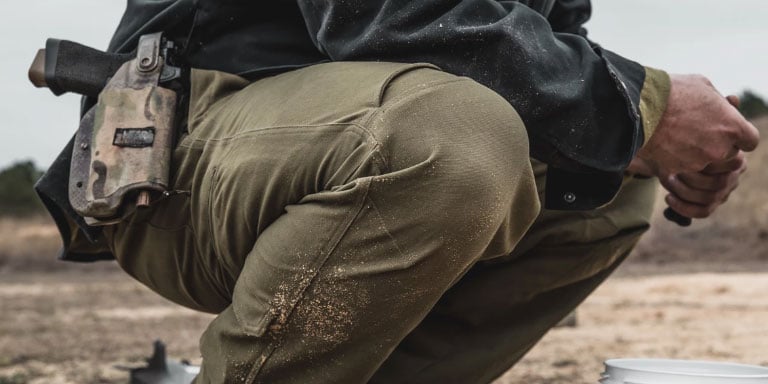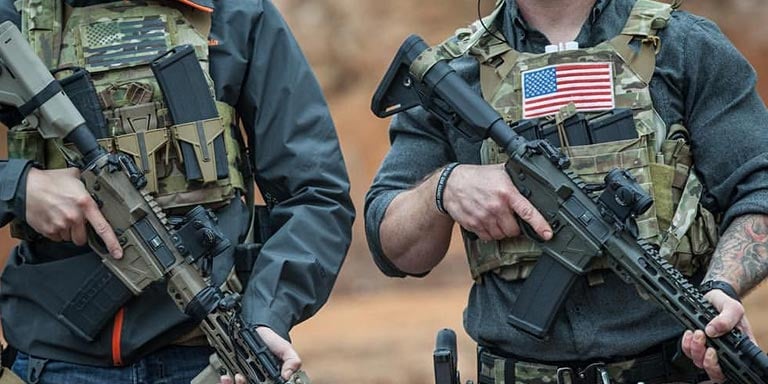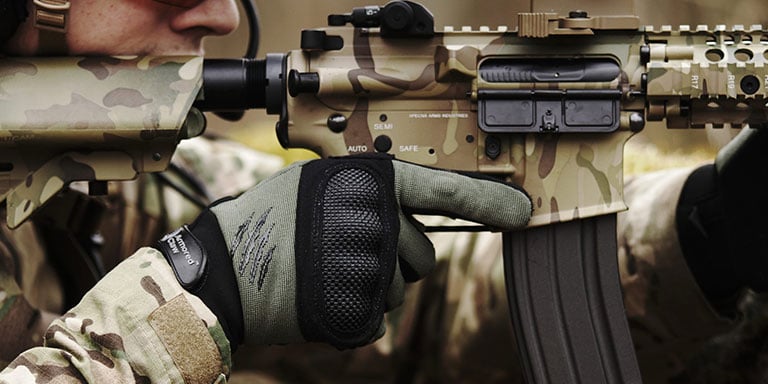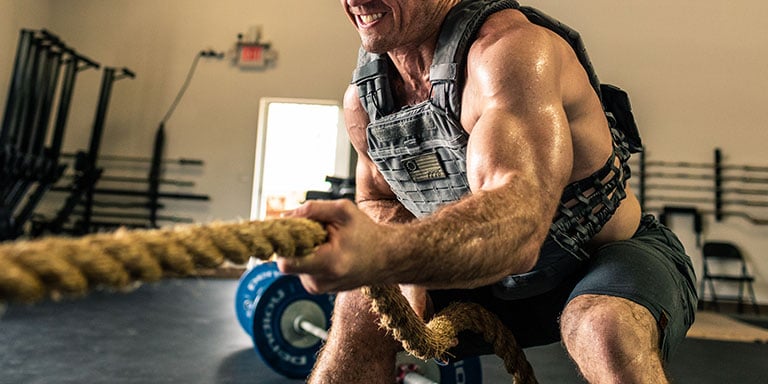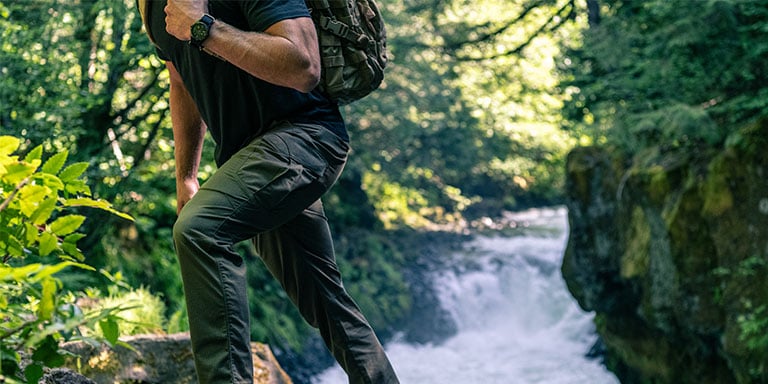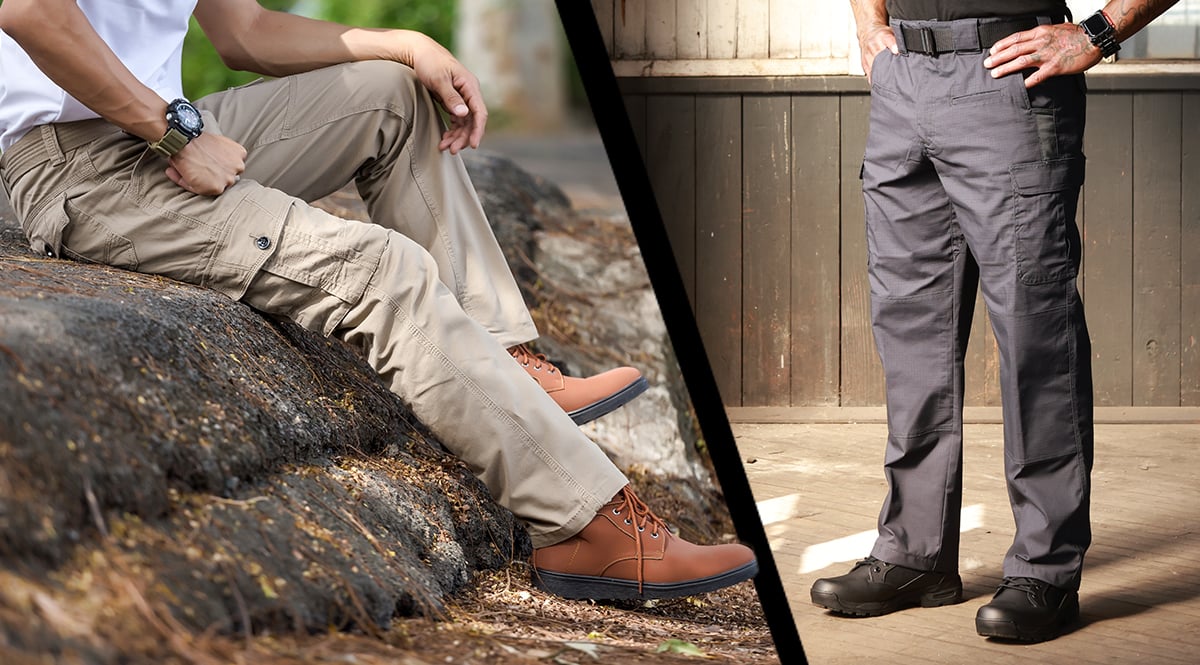
What separates tactical pants from regular everyday pants? With their specialized features, durable construction and versatile designs, tactical pants are built for performance in the field. In this guide, we'll dive into the unique elements that set tactical pants apart so you can decide if they're an ideal fit for your needs.
If you haven't yet perused our general guide to choosing tactical pants, be sure to check it out. It pairs well with this guide, which is more specialized. Here, we'll make some more targeted suggestions for choosing tactical pants based on your profession.
What Are Tactical Pants?
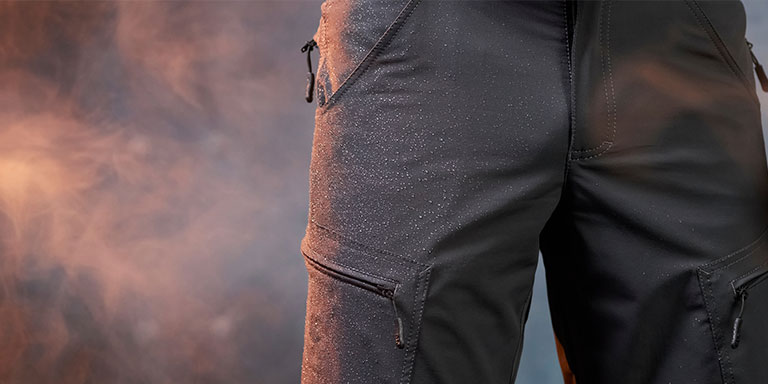
Tactical pants are designed for high performance activities and serve specific purposes beyond basic coverage. They're primarily worn by military and law enforcement personnel, and provide durability, versatility and functionality unmatched by regular pants. The original intention behind the creation of tactical pants was to develop multifunctional hiking and climbing pants but have since evolved to cater to a variety of demanding environments and tasks.
Construction
On the outside, tactical pants don't look much different than your run-of-the-mill pants. However, the distinction lies in the materials. From specialized fabrics to reinforced stitching, we'll look at what sets them apart from regular pants.
Materials
Tactical pants use materials like polyester, nylon, cotton blends, elastane and spandex. Modern versions incorporate advanced fabrics such as ripstop for enhanced durability, tear resistance and lightweight properties, along with breathability and water resistance.
By comparison, regular pants focus more on style and everyday comfort rather than performance. They are typically made of cotton, denim or polyester that's generally not built for demanding tasks or tough climates.
Reinforced Stitching and Design
To enhance durability, tactical pants are designed with reinforced stitching, bar tacked stress points and double or triple-stitched seams. These elements ensure that the pants can handle strenuous tasks without fraying or tearing.
In contrast, regular pants typically lack the reinforcements needed for activities that involve frequent movement or carrying heavy loads.
Mobility and comfort
Despite their tough design, tactical pants prioritize comfort. Many styles include a gusseted crotch that reduces tension and articulated knees that accommodate bending and movement.
While regular pants prioritize casual comfort, they may not offer the same level of flexibility. This can make them less practical for tasks that require a wide range of motion.
Functional Features
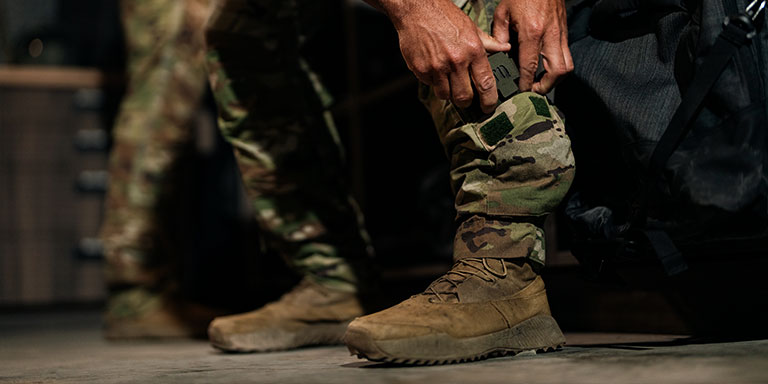
Tactical pants are equipped with features for everyday use and duty situations. Through years of research and innovation, tactical pants have evolved to meet the needs of professionals and enthusiasts alike. Below, we'll identify the key design features that distinguish tactical pants from the rest.
Specialized Pockets
Pockets are the standout feature on any pair of tactical pants. In addition to standard cargo pockets, tactical pants include various pockets such as cargo pockets, knife pockets, magazine pockets, handcuff key pockets, slash pockets and knee pad pockets. Many pockets are reinforced for extra security.
Regular pants on the other hand typically come with standard front and back pockets. While they're fine for carrying small personal items like smartphones or wallets, they lack the specialized function of tactical pants.
Concealed Carry Options
Carrying a concealed weapon comes with challenges. Tactical pants are specifically designed to address this. They're typically designed with fabrics that avoid weapon printing, plus reinforced, strategically placed pockets for holsters or magazines. The placement of these pockets allows for ease of access without compromising discretion.
Quick Access and Security
Tactical pants often include a combination of buttons, hook-and-loop Velcro, snaps and zippers to keep your belongings secure and safe.
Who Should Wear Tactical Pants
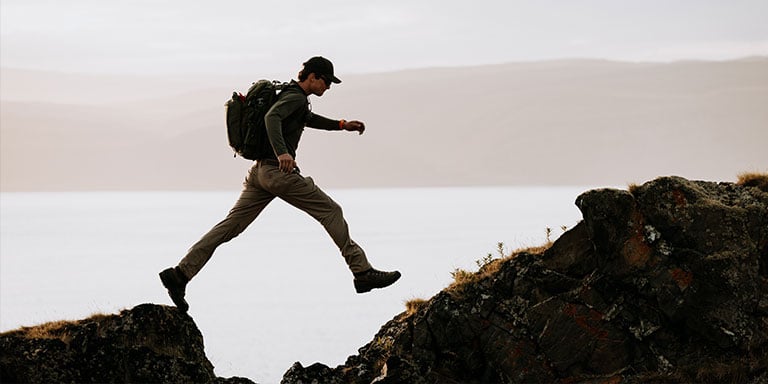
Tactical pants are a must-have for anyone who prioritizes durability and functionality. They're especially popular among:
- Law enforcement and first responders: Police offers, firefighters and paramedics rely on tactical pants for their practicality.
- Military Personnel: Soldiers and tactical operators require discreet tactical pants that can withstand extreme conditions and provide ample storage space for critical equipment.
- Outdoor enthusiasts: Hikers, campers and hunters benefit from tactical pants' weather-resistance and durable fabric.
- Tradespeople: Construction workers, technicians and a wide array of blue-collar tradesmen require the storage and flexibility that tactical pants provide.
Outdoor and Harsh Environments
Tactical pants excel in outdoor activities like camping and hiking due to their durability and specialized features. Outdoor sports such as shooting, hunting and camping also benefit from their functionality.
Their robust construction suits outdoor enthusiasts and demanding situations.
Daily Wear vs. Duty Wear
Convertible or zip-off features add versatility to tactical pants for daily tasks. Cinch straps customize length and taper, while mesh-lined pockets, gusseted crotches, and articulated knees enhance comfort and mobility.
Federal agents and undercover officers need tactical pants that allow them to go unnoticed. Tactical jeans often feature concealed carry functionality, suitable for professionals needing to carry equipment discreetly.
Investing in high-end tactical pants offers long-term savings due to their extended lifespan and performance.
Style and Appearance
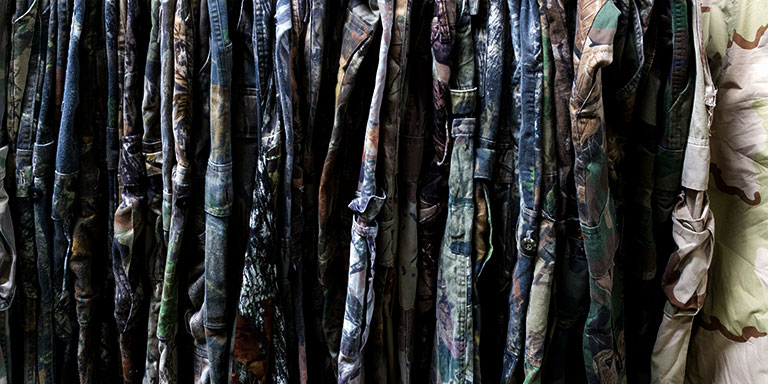
Materials in tactical pants minimize the visibility of concealed weapons for discretion. Covert designs resembling regular slacks maintain a discreet appearance while carrying a concealed weapon.
Many tactical pants are designed for both casual daily wear and formal duty environments. Daily wear tactical pants offer a conventional appearance while retaining essential storage features.
Color Options and Patterns
Color is an important consideration in differentiating tactical pants from regular pants. Tactical pants come in typical colors like black, khaki and coyote brown, as well as various camouflage designs for operational needs. Color choice is important for specific tactical needs. Steel grey suits urban settings, while ranger green is a primary color for many local law enforcement agencies and SWAT teams. Camouflage patterns in tactical pants help the wearer blend into various environments.
Discreet vs. Overt Designs
Tactical pants range from overt styles with tactical elements to discreet designs resembling casual wear. They vary from high-visibility designs for operations to low-profile styles for everyday use, making them a popular choice in tactical clothing.
Daily wear tactical pants maintain a discreet appearance while providing functional storage. Covert tactical pants are less recognizable, allowing for concealed carry without drawing attention.
Tactical jeans combine CCW functionality with a casual appearance, suitable for everyday wear.
Investing in Quality
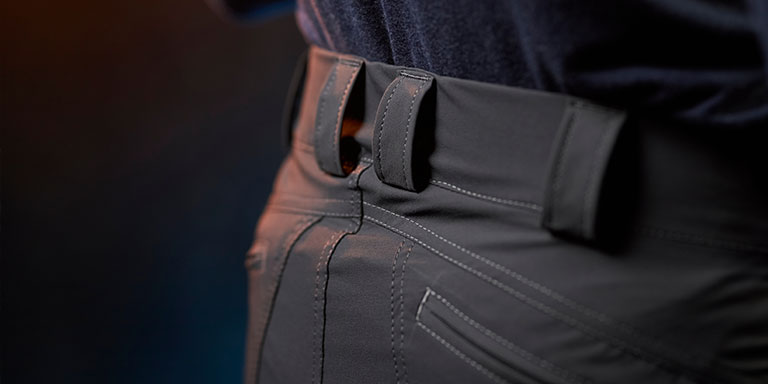
Investing in high-quality tactical pants ensures durability and functionality. Reliable brands offer long-lasting products with better performance.
Reading reviews and seeking recommendations can guide you to reputable tactical pants manufacturers, ensuring a wise investment.
Cost vs. Value
The cost of tactical pants varies based on construction complexity and material quality. Although more expensive than regular pants, investing in quality tactical pants offers long-term benefits in durability and performance.
This investment is justified by their ability to withstand harsh conditions, making them a valuable addition to your tactical gear.
Final Thoughts
Choosing between tactical pants and regular pants depends on your needs and lifestyle. If your daily activities require extra storage space, weather-resistance and flexibility, tactical pants are the way to go. If you lead a more sedentary, casual life with a job that isn't physically demanding, regular pants may be the better fit.
No matter your choice, understanding what separates tactical pants from the rest will help you make the best decision. Hopefully, this guide has helped clarify the key differences and unique features to determine what's most important to you.
Did you find this article helpful?


